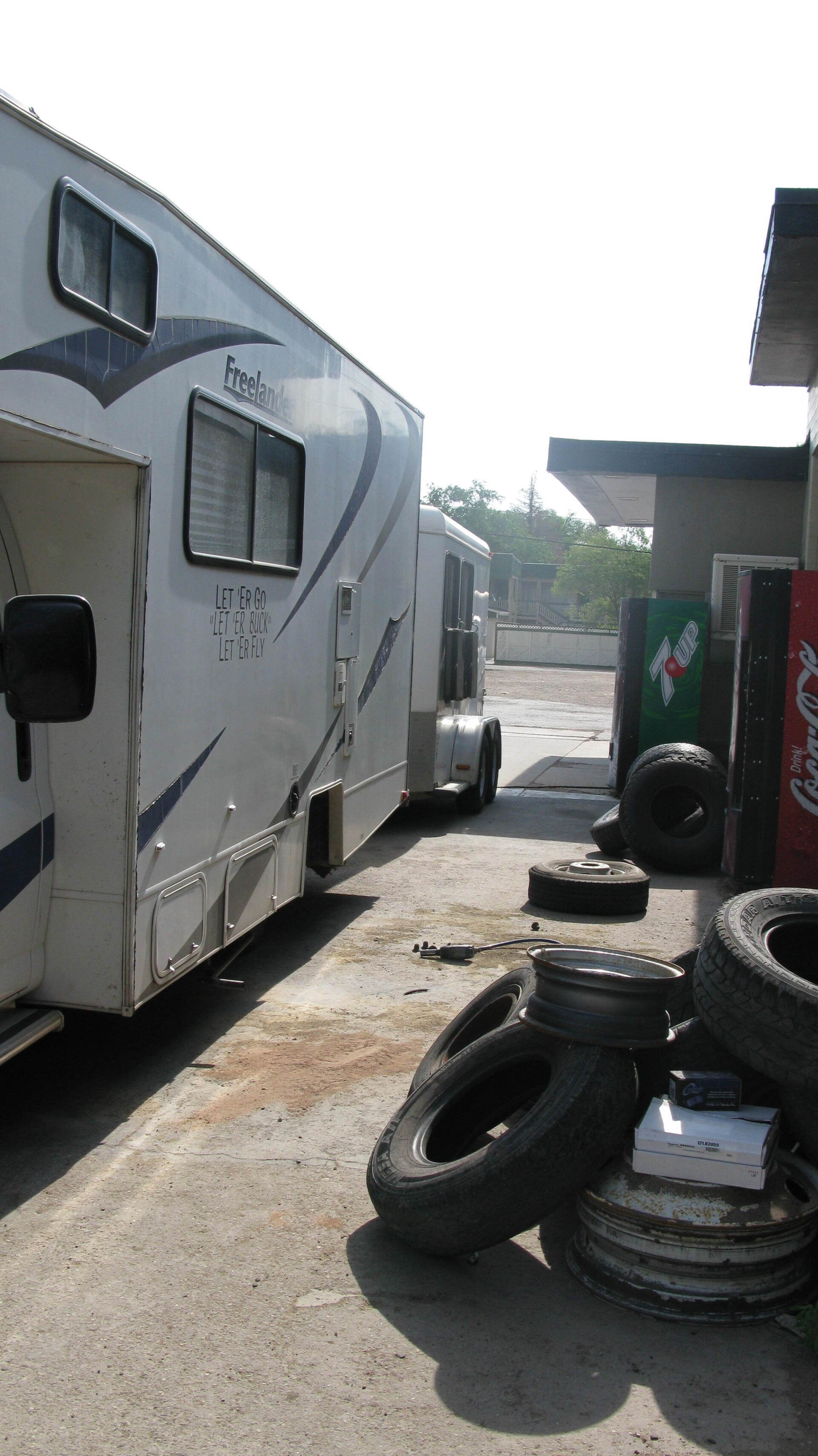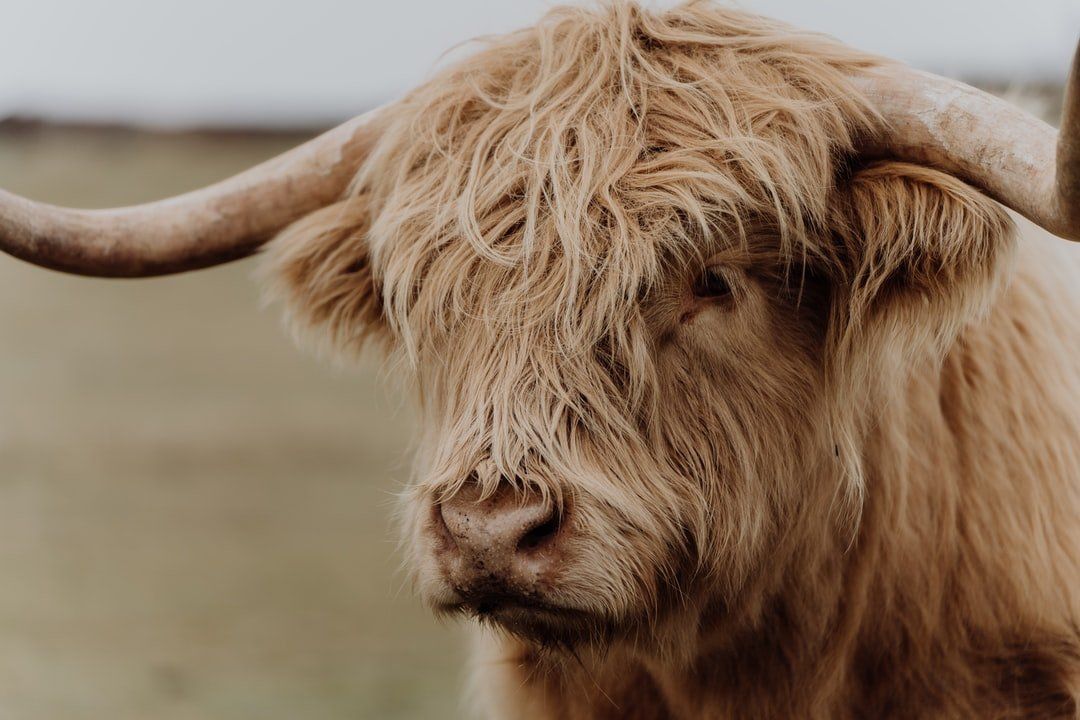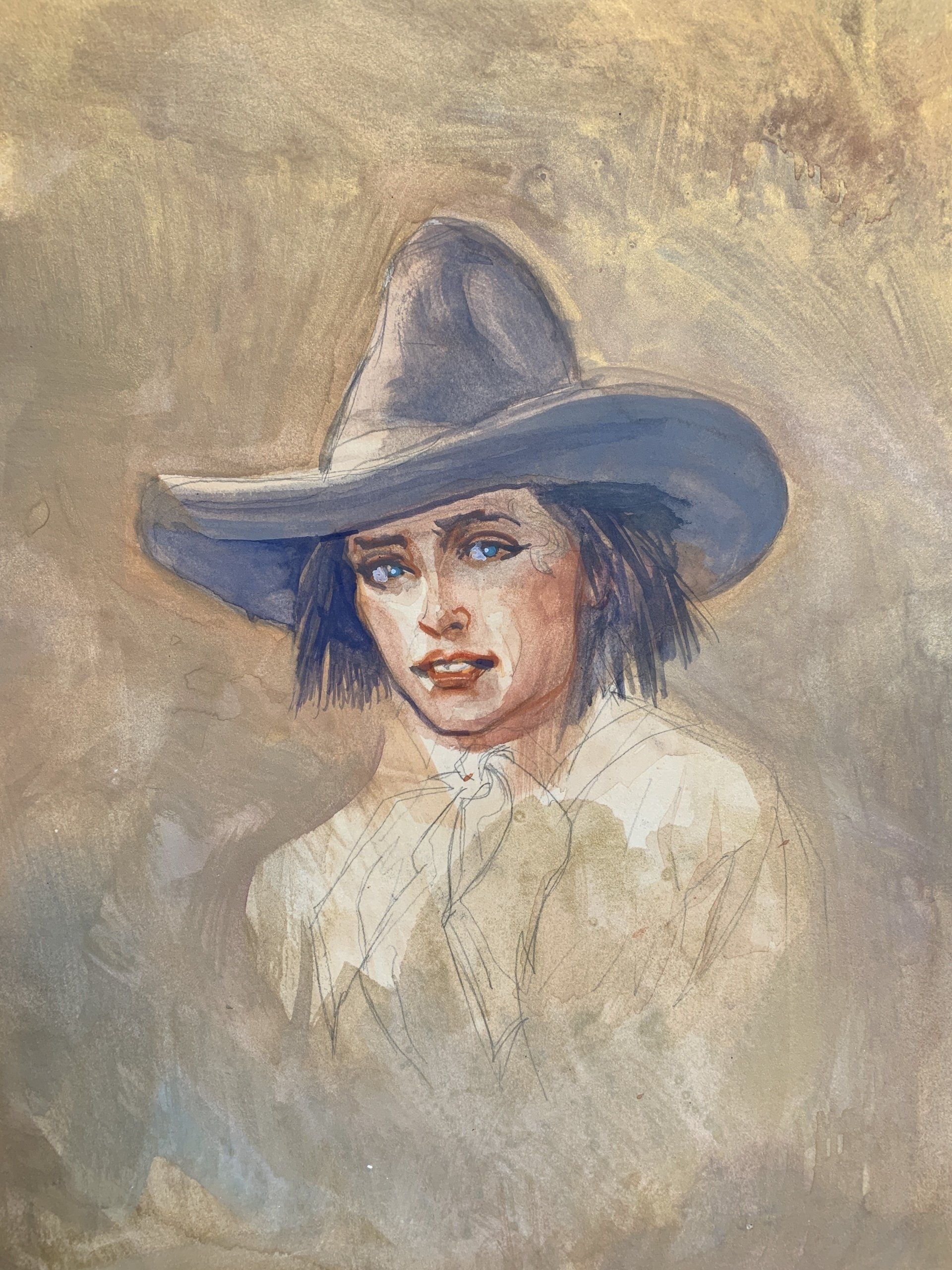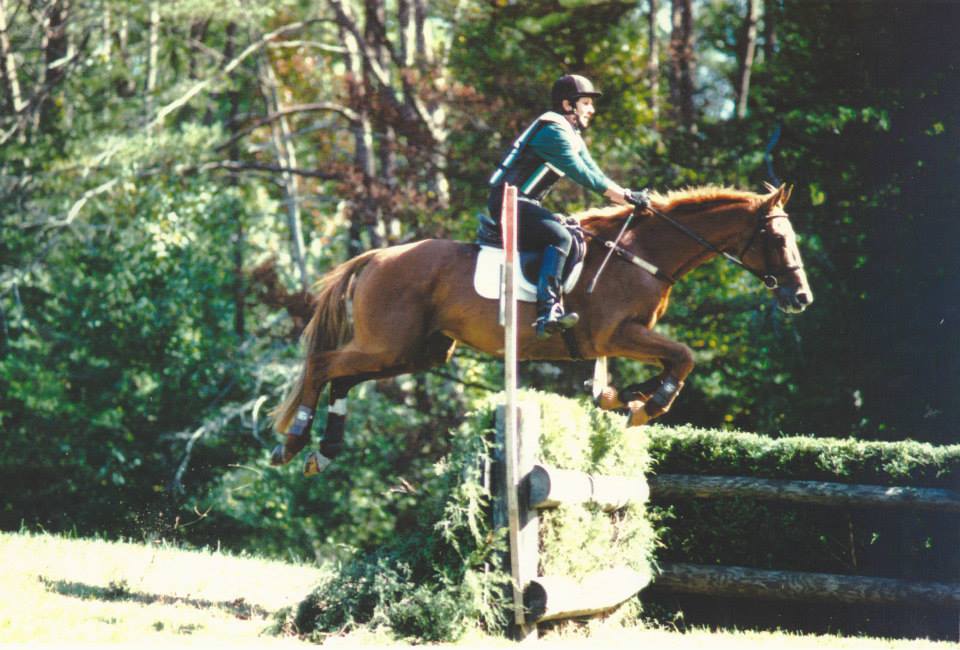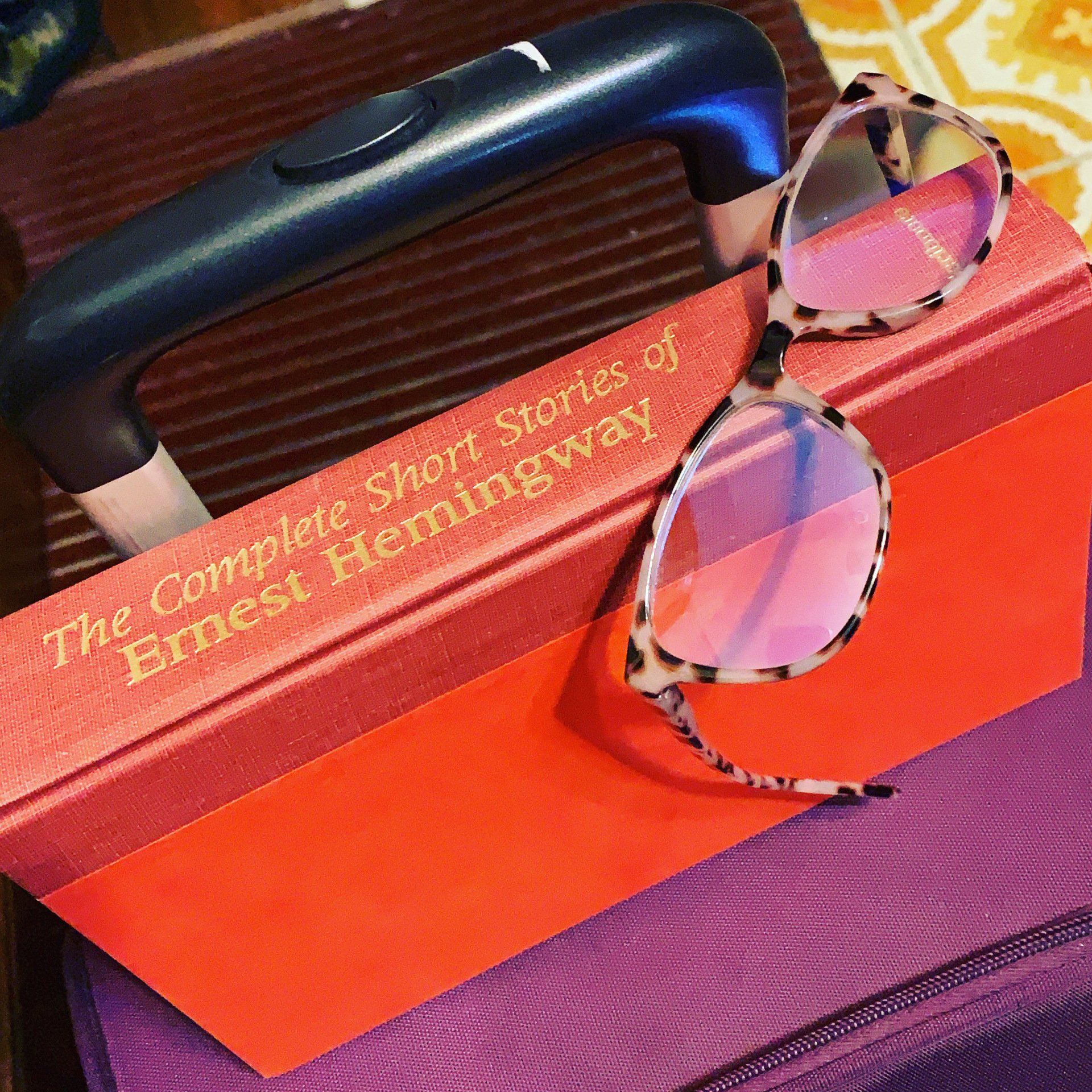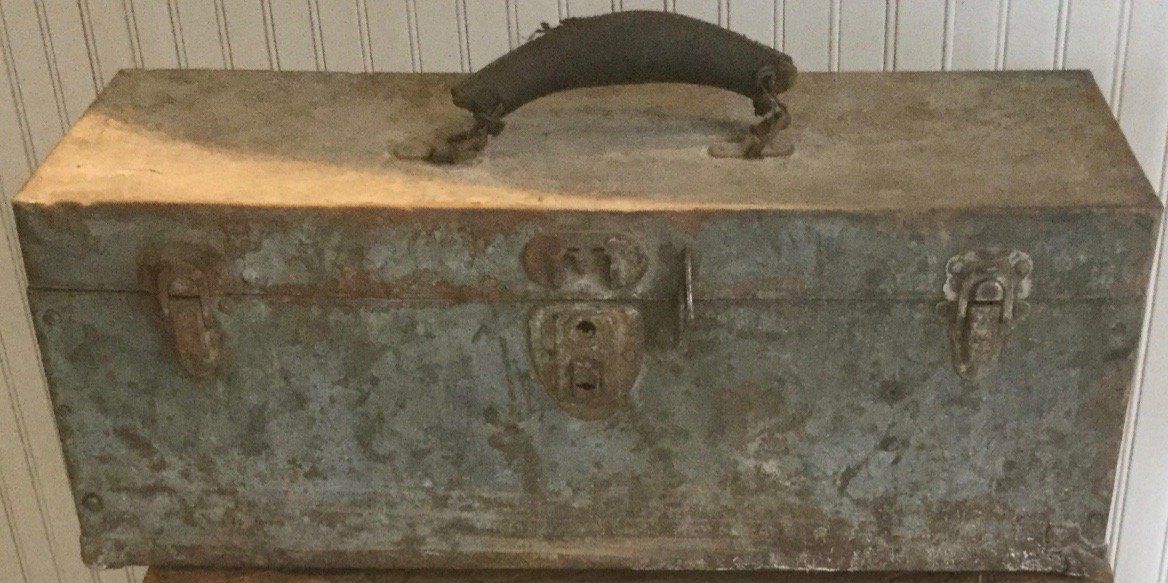Horses and Manuscripts
- By juni
- •
- 19 May, 2019
- •
Training a horse and writing a book have a lot in common.

"I see, " I said, cringing inwardly as the novice horse owner told me she'd just gone to pick up her new 2 year old horse from "the trainer" who had ridden the horse for 30 days. She believes with all her sweet naivete' that her horse is now trained and ready for her to ride. Yet, her riding experience is that she rode as a kid on a borrowed horse, and she also went to a dude ranch last summer to "brush up" on her skills. For that person, any horse, no matter how sweet and kind, with 30 days training is probably a disaster looking for a short runway to crash upon.
For a person with years of experience with young or green horses, that 30 day horse is a lump of clay. It might be a great lump of clay, it might be a lump that needs a good deal of filtering, or it might be clay that will form into a shape, but explode when fired. And it might be mud. With shit stirred in for color. The horse in the photo is my own, in the round pen, and while this is not her first saddling or ride, it's an example of one of the thousands of steps she makes on her way to being what will be called a "finished" horse. It's certainly not a 30 day, or 90 day, or one year process. Experienced horsemen and horsewomen know that training horses to do specific jobs is a process that takes time, and knowledge, and they are always learning to fine-tune the process.
How does this relate to writing a book? To me, the IDEA for a book is like looking at some horse for sale ads. The first part of the writing of the book is comparable to when that person has obtained a horse and decides to train it for riding. Some can start a horse themselves, to varying degrees. It can be a crude, brutal start, it can be tentative, it can be an easy start (as the mare in the photo was!) or it can be a start that just never quite "takes" and leaves one with a horse that won't be suitable for the intended purpose.
But let's move on. Now, let's take the person who day dreams they will write a book. Great goal. Wonderful goal. Go for it. Where is the "start?" And then when the story has been started, does the writer, like the trainer who is wonderful at starting colts, have a plan to get the ideas from mind to page? At some point in that first 30 days of riding, the trainer opens the gate and rides out of the round pen, into the world. Now, this does not mean the horse is ready to be VIEWED by the world. But the horse is ready to start moving into the next stages. So it is for the writer who has this basis for a story. Just as the horse reacts and responds to different situations and pressure during the process, the writer begins to develop the personality of the story. One day, a tractor comes around the corner and the horse comes a little undone. Does the experienced trainer stop training? No. She figures out a way to assure the horse that it will be fine, makes the adjustment and moves on to the next step. Same with a writer who hits a snag, and realizes that the first chapter does not fit, now that the story is evolving.
There comes a day when the writer reaches the end of the story, and thinks "the end." In a comparison with the horse world, that manuscript is the colt with 30 days riding. The variables are huge. HUGE. Just like the difference between a group of colts that are similarly bred, and one is started by the novice who is watching training videos, but does not know yet how to "read" when the horse is ready for the next step. One is started by brute force. Another is started by an astute trainer's assistant who has now started 30 horses for the trainer she works for, and is paying close attention to the system. And another is started by the trainer who has started colts for many years, and not only knows when a particular colt has the movement and aptitude to go on into the intended job, and is also knowledgeable and honest enough to say "This one is not worth the time and money to keep going toward this job."
Which is not to say the colt can't have another purpose in life. Just like that beginning of a manuscript that may not work right now: it might be salvaged for another project.
Training a good reined cow horse, a cutting horse, a dressage horse, a show jumper, a three-day-event horse, etc takes years. And so it may be for writing. The trainer and the writer have to know that the start, the first 30 days, the first draft, are only the beginning of the process. A horse started by an experienced trainer MIGHT
be ready for a lot of new experiences in ninety days, just as the first draft by an author who has experience in editing and revising might have a really workable third or fifth or seventh draft some 90 days after finishing the first draft.
The good news? You won't get yourself bucked off or fallen on or run away with working on that first manuscript. Now, go get that idea caught, teach it to lead, get it moving, and let's begin write!
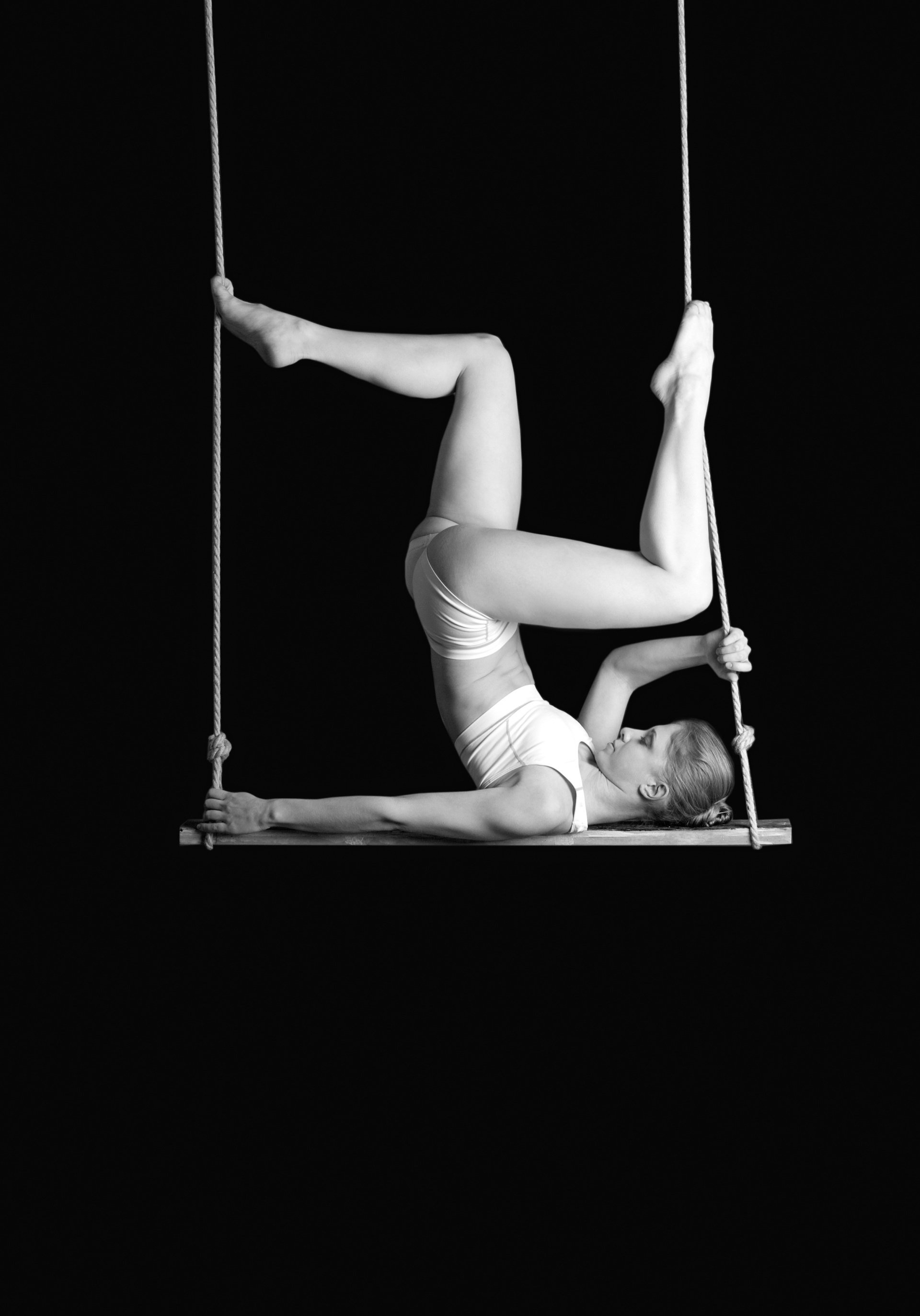
I know the question is well meant. "Oh, you're writing a new BOOK? When's it coming out?" And I'm thrilled people ask. But the answer is not when a book in the first stages of writing will be out, but when that first draft will be done. (Oh, and the answer is "when it's done" and there's a lot of editing and revising and re-editing and re-revising between the first draft and a "pitchable" draft. )
The part about pitching comes next. We take that novel we've written and write a query letter, which conveys the essence of the story into about 300 words, and we see what literary agents or publisher might be interested. Most say no. It's just the way it is. But when some stars align, an agent or publisher who loves the idea of the story asks for a full manuscript, to see if the manuscript delivers what the query promises. "When's it coming out?" is still the question, and there's not a solid answer yet.
But some stars aligned in December 2020, and a cool publisher loved the query letter (one page) enough to read the synopsis (three pages) and upon reading those, asked for a full manuscript (300 pages) and read it, and loved it. Then they offered a contract, and we struck a deal. So, the NEW book, INDELIBLE LINK is signed to a publisher.
What's it about? A trapeze artist. That's about all I'm allowed to say right now.
"When's it coming out?" When they're done doing what publishers do. But you can send me an email here: author@junifisher.com and I'll make sure you get news when they're ready to release it.
While you're waiting, if you haven't read GIRLS FROM CENTRO, you can get it on Amazon : https://www.amazon.com/Girls-Centro-Juni-Fisher/dp/1683131754/ref=tmm_pap_swatch_0?_encoding=UTF8&am...
= or from my website (and I can sign it!) https://www.junifisher.com/book

The earth lost an angel about a month ago. Her name was Audrey Griffin. When I went to a friend who'd delivered a touching eulogy at Audrey's memorial service, though, I saw that Audrey had not left us after all. The shining torch had been passed. That torch was passed to Kristen, who spoke with tenderness and honestly about what Audrey had meant to her, and gave us all a vision of what we were to do with that torch of shining light Audrey had left us.
Audrey gained her first taste of the spotlight as a roman rider. On a team, then a trio, then a quintet, and a sextet of white horses, she rode galloping patterns in rodeo arenas in the 1950s. She raised a beautiful family of daughters. She was a sailor (something I didn't know until her memorial service) and she was a horseman to the very last light. Folks would see her truck and trailer all over the Santa Ynez Valley, and say "There goes Audrey," and smile. She'd be hooking up her trailer and loading a good horse at the drop of a hat if there were cattle to gather or move, or sort or brand. She was first to raise her hand when it came time to lend a hand, because she just plain loved horses, and riding, and being a dang good hand, and that she was: a hand.
I first met Audrey about 10 years ago when I met an old friend, Art Green who's managing the Alisal Ranch cattle operation outside Solvang, CA, for lunch in Santa Ynez one day. He brought along my friend and hero Sheila Varian, and this beautiful, shining woman with the most magnificent blue eyes you ever saw. Sheila wanted to know if I could go move some cattle with them the next day. "If you can mount me, I've got my saddle in the camper," I said. True to Sheila fashion, she said "Audrey can!"
Now, I am very very sensitive to people's horses, and I turned to this woman I'd just met, laughing and said, "I'm so sorry, Audrey. You don't know me from Adam, but it was sure nice of Sheila to offer your horse." Audrey Griffin, member of the Cowgirl Hall of Fame, never missed a beat.
"You can ride my bridle horse, I'll ride my filly tomorrow." And the next day, I jogged out across the morning mist with Cowgirl Hall of Famers Sheila Varian and Audrey Griffin on either side of me. Slice of heaven right there. The thing was, if Sheila said I was okay, then I was okay by Audrey too. The other thing was this: Audrey Griffin just plain loved everybody. She'd hug you and look into your eyes and you knew that if there were angels on earth, they had silver hair, a cowboy hat, sparkling blue eyes and their lipstick was the perfect shade. That was Audrey.
When she passed, she was sitting on a good horse, dressed to the nines, moving cattle. That was how she always said she wanted to go: to be on a good horse and have her lights just go out. God was listening. And when Audrey rode off into her last sunset on earth, she left some stardust on all of us. Thank you, my beautiful friend. You left plenty of stardust for everyone you ever touched.


